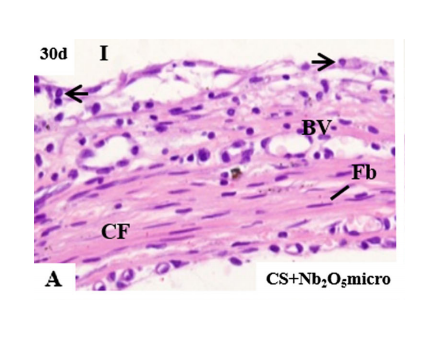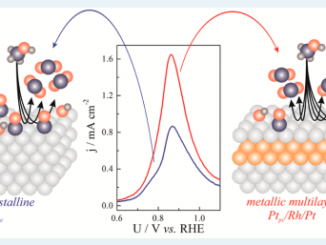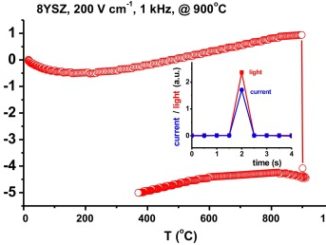
Niobium pentoxide as radiopacifying agent of calcium silicate-based material: evaluation of physicochemical and biological properties
Abstract: Objectives The physicochemical properties and the tissue reaction promoted by microparticulated or nanoparticulated niobium pentoxide (Nb2O5) added to calcium silicate-based cement (CS), compared to MTA-Angelus((TM)), were evaluated. Materials and methods Materials were submitted to the tests of radiopacity, setting time, pH, and calcium ion release. Polyethylene tubes filled with the materials were implanted into rats subcutaneously. After 7, 15, 30, and 60 days, the specimens were fixed and embedded in paraffin. Hematoxylin & eosin (H&E)-stained sections were used to compute the number of inflammatory cells (IC). Interleukin-6 (IL-6) detection was performed, and the number of immunolabeled cells was obtained; von Kossa method was also carried out. Data were subjected to ANOVA and Tukey test (p a parts per thousand currency signaEuro parts per thousand 0.05). Results Nb(2)O(5)micro and Nb(2)O(5)nano provided to the CS radiopacity values (3.52 and 3.75 mm Al, respectively) superior to the minimum recommended. Groups containing Nb2O5 presented initial setting time significantly superior than mineral trioxide aggregate (MTA). All materials presented an alkaline pH and released calcium ions. The number of IC and IL-6 immunolabeled cells in the CS + Nb2O5 groups was significantly reduced in comparison to MTA in all periods. von Kossa-positive structures were observed adjacent to implanted materials in all periods. Conclusions The addition of Nb2O5 to the CS resulted in a material biocompatible and with adequate characteristics regarding radiopacity and final setting time and provides an alkaline pH to the environment. Furthermore, the particle size did not significantly affect the physicochemical and biological properties of the calcium silicate-based cement.
Author(s): Silva, GF; Tanomaru, M; Bernardi, MIB; Guerreiro-Tanomaru, JM; Cerri, PS
CLINICAL ORAL INVESTIGATIONS
Volume: 19 Pages: 2015-2025 Published: NOV 2015
DOI: 10.1007/s00784-015-1412-9




